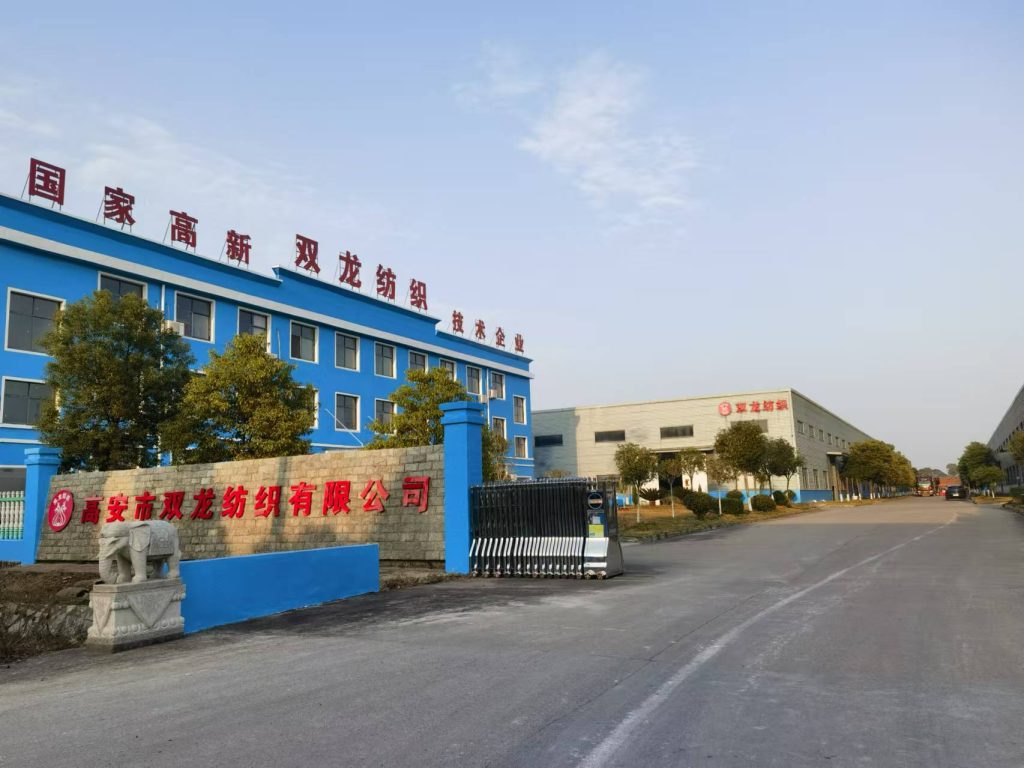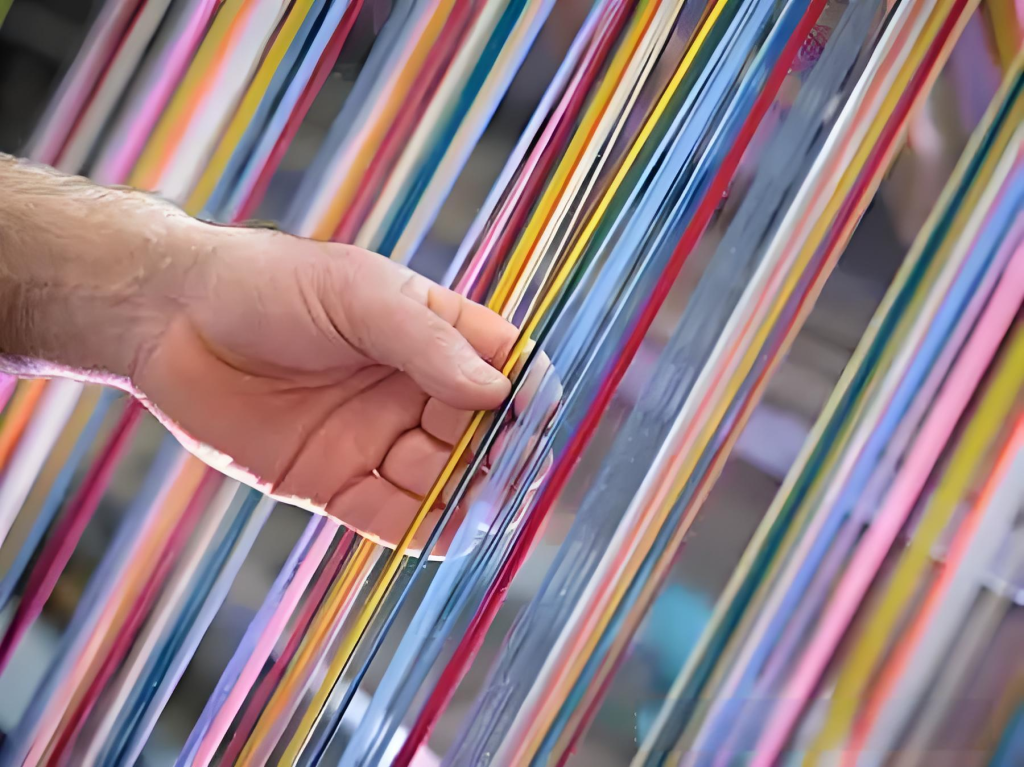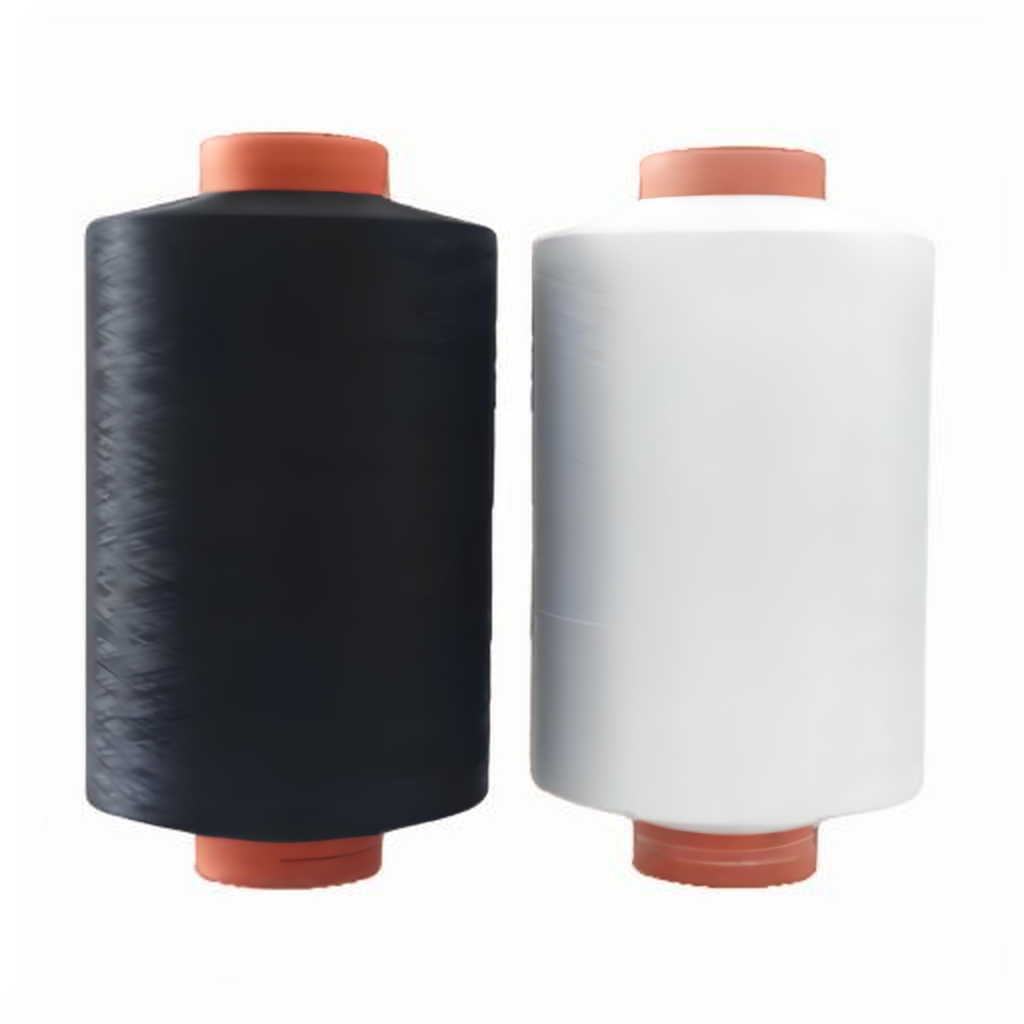Yarn selection significantly affects fabric, knitted goods in particular, since it provides a direct tribute to the quality and characteristics of the end product. During knitting, a yarn is subjected to a series of mechanical effects which include stretching, bending, twisting, and friction, which means a few requirements must be stipulated to facilitate streamlined and effective operations. A market leader like Shuanghong has been a polyester yarn producer for almost two decades and knows that such goals can’t be achieved without the use of proper knitting yarns. Now, let us discuss the six most important requirements for the quality of making knocking yarns.

1. Tensile Strength and Extensibility

Yarn selection must be preceded by the amplitude got yarn such as their strength elongation and extendability. An immensely key yarn quality indicator is also strength as yarns are pulled and tensioned repeatedly during both preparation and weaving.
After all, the absence of such in inappropriate amounts would undoubtedly lead to yarn breakages thus interrupting production processes and affecting the product. Furthermore, in twisting scenarios, it is other equally notable elongations are vital, considering knitting has to bend and twist yarns into loops. The only bi-product is the yarn’s breakages or non-properformed loops due to the extending type being too low leading to knitted fabric defects and quality challenges.
To ensure optimal durability along with great extension, Shuanghong’s polyester yarn has been tailored to endure the stresses of knitting. When knitted, polyester fibers have a great tensile strength and elastic recovery which are crucial for being both strong and stretchy.
2. Softness of the Yarn
Knitted yarns are required to be considerably more softer than woven yarns. Softness is one of the most important characteristics of the yarn which affects its quality and the fabric built. Softer versions of yarns are easier to bend, twist, and make loops which is an important component of achieving uniform coiled structures for knitted fabrics. Moreover, these types of yarns minimize the chances of breakage when knitting in addition to avoiding damage to the loop-making parts of the knitting machine.
This is why Shuanghong is specifically focused on producing softer yarns. Shuanghong makes sure that the yarns used for knitting have the right amount of softness by improving the quality of the raw material used without compromising its strength and durability.
3. Twist in the Fiber
Twisting a knitting yarn is integral to the knitting process as well as to the knitted fabric, but over-twisting can strain the flexibility and softness of yarn which makes it difficult to be woven. Knitting yarns that have high levels of twist can lead to kinks which can damage the needles due to the defects they create. Kinked yarns can also increase the tension within the needles and impact touch flexibility. With the fabric also having commenced to develop elasticity, It can also misalign the coils. The same concept applies to having less yarn where the pull of the fabric may damage the yarn through weaving.
Depending on the type of product desired, the strength of the yarn varies. To use example, in fabrics designed to make pullovers where a tighter puff is desired, the knits should be spun tightly and the knit smoothened further for excess clarity. In the case of outerwear wearing, higher twist rings can be satisfactory as they allow for additional ridging and help counter fabric fuzzing. When dealing with stretch fabrics and knits that don’t have fluff a lighter touch would be desired for durability and elasticity during tight pulls,
Shuanghong achieves full control over yarn twist with the aim that every knitting yarn needs for a knitting application. Decades of experience in the sector enables them to provide the appropriate yarn twist for several types of Polyester yarn that the company is producing.
4. Heterogeneity Of Yarn Density And Low Defects
Another essential requirement of knitting yarns is the uniformity of yarn density. This refers to an even thickness of the yarn sliver and even moisture concentration, which are reasonably sure prerequisites for smooth knitting and fabrics of good quality. A uniform yarn density ensures the coil structure is uniform and ensures a clear surface of the fabric. As opposed to this, yarns of uneven thickness may give rise to horizontal striping or cloudy spots on the surface of the fabric which is usually unappealing to the eye.
Yarn defects such as thick parts and thin spots are problems in their own right. Thick parts may lead to yarn fracture and even harm parts of the knitting machine, while thin spots may weaken the yarn making it susceptible to breakage. Shuanghong employs advanced technology to drive towards achieving a defect-free, uniform density across their spun polyester yarns. Their designs are complete
need by robust quality management systems that ensure uniformity in yarn thickness preventing weaving snags and other weaving and fabric surface defects.
5. Hygroscopicity
Hygroscopic substances are those that can readily take up moisture from the atmosphere. For yarn, this property is critical to the stability of the yarn during knitting and that the knitted fabric performs well. In general, yarn hygroscopicity affects yarn twist and elongation ratio. Polyester yarns generally do not absorb moisture like natural fibers, for example, cotton does, but it certainly can assist in providing structural integrity to the yarn during knitting.
Shuanghong polyester knitting yarns are said to be low drying but have high stability balancing the need for moisture absorption without affecting the structure of the yarn. which implies its strength and elongation characteristics are maintained so that fabric can be knit and hundreds of thousands of stitches can be shaped without compromising on the fabric’s durability and strength.
6. Smoothness and Low Friction
The frictional characteristics of knitting yarn are significant in reducing wear and tear on machine parts during processes. Yarn having a smooth surface lessens the friction between the yarn and the knitting machinery resulting in decreased wear on machine components and minimization of flying fibers that would otherwise pollute the environment and inhibit the efficiency of the machines. Smooth yarns further contribute to the quality of knitted fabrics by enabling a smooth and even feeding of yarn into the machine during operations.
Shuanghong focuses on smoothness in the design of its polyester yarns, resulting in minimal friction and reduced wear of ‘ knitting machines. By improving the spinning and finishing process, Shuanghong focuses on the texture of their knitting yarn to be smooth and even, which helps in good production efficiency and improved fabric quality.
The quality of knitting yarn is one of the most important parameters that determine the final knit fabric and its performance. To be useful in contemporary textile production, knitting yarn has to have the right combination of strength, extensibility, softness, twist, uniformity, moisture absorption, and smoothness.
Shuanghong has accumulated more than 20 years in the polyester yarn business and has learned how to easily manufacture those standard yarns. Thanks to the focus on innovation and robust quality control, the knitting yarns work exceptionally well in a wide range of end uses such as sweaters, outerwear, various kinds of stretch fabrics, and pile-knitted materials. This increases the fabric quality and the production processes can be much simpler for the textile manufacturer by simply applying the correct knitting yarn.

Previous News
Top 8 major uses of Polyester Spun Yarn in the ...Next News
Top 8 Performance of Polyester spun yarn in Ext...
By Yarn
Feature Product
-
 DTY 100D/144F Polyester Yarn
DTY 100D/144F Polyester YarnDTY 100D/144F Polyester Yarn: The Ultimate Guid...
-
 DTY 100D/96F Polyester Yarn
DTY 100D/96F Polyester YarnDTY 100D/96F Polyester Yarn: The Soft, Stable S...
-
 DTY 75D/144F SIM Polyester Yarn
DTY 75D/144F SIM Polyester YarnDTY 75D/144F SIM Polyester Yarn: A Top Choice f...